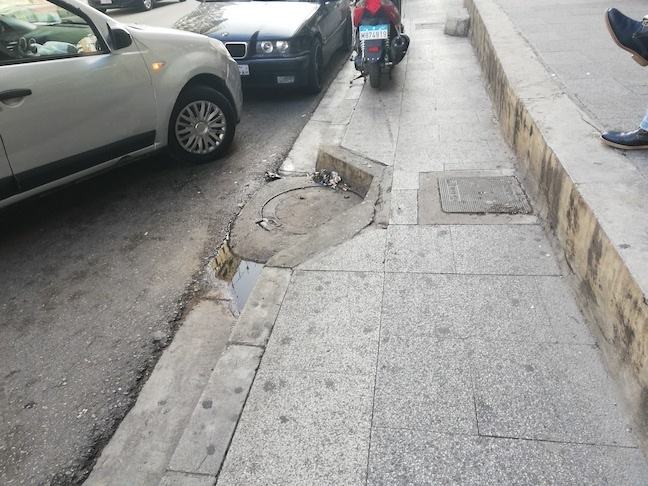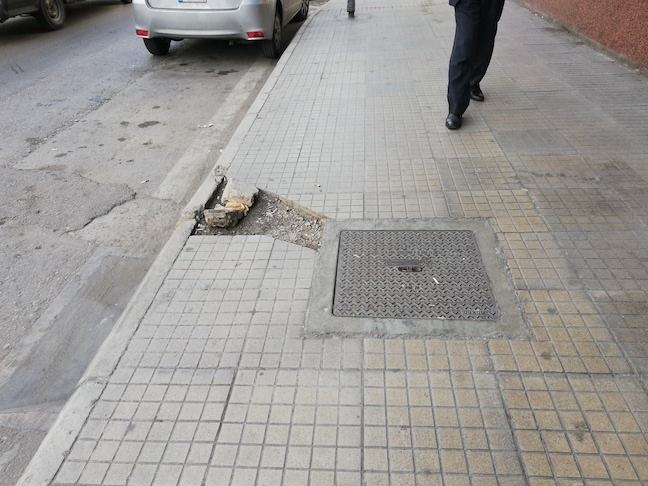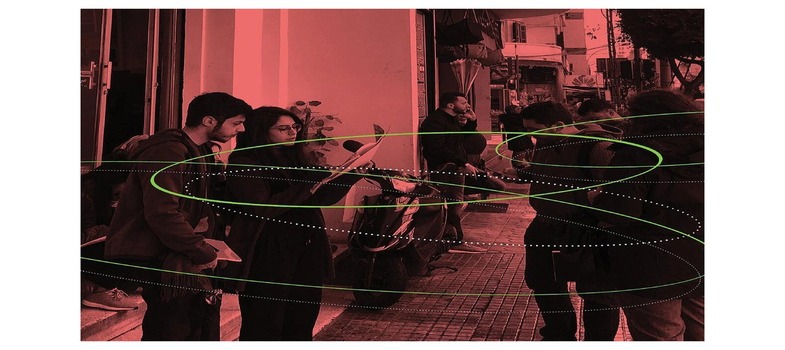2.9 Ways of Watching
In this step we are going to test your skills of observation. In step 2.2 Mai discussed using observations of classrooms to help collect data. Observation is often used in both educational research and other types of social research. When you observe, however, you need to know what you are looking for.
Watch this video made by the Centre for Lebanese Studies to promote inclusive design of urban environments. Inclusive design aims to create environments, services or products that are accessible to everyone to foster social inclusion and participation. In week 1, we discussed the need to consider the perspectives of a range of stakeholders in the community. Inclusive design also means taking into account the differences and diverse needs of users - for example, users that have a disability:
To find out more about inclusive design you can read about it on the Disability Hub pages of the Centre for Lebanese Studies or watch this video.
Exercise
Take a look at the pictures of Beirut streets below and make a note of the things that are present or absent that create challenges for people using the street, and what types of people would be most affected.

Picture 1 - Stepped kerb in Beir

Picture 2 - Pedestrian crossing in Beirut

Picture 3 - Street corner in Beirut

4 - Pedestrian crossing the road in traffic in Beirut

Picture 5 - Broken pavement in Beirut
Post anything you spot on the Observational Data Padlet
These are things that could be observational data to answer our research question “‘what challenges do people experience as they travel during the day?’
Going further with observation
Now take a look around where you live. From the perspective of inclusive design, what can you observe that might present challenges for people travelling during the day, for example those using wheelchairs, who are partially sighted, with small children or heavy shopping?
Post your thoughts on the Observational Data Padlet too. If you like, you can also take a photograph or upload a drawing. Explain what you have observed and how this observation could help answer our research question “‘what challenges do people experience as they travel during the day?’ from the perspective of people with disabilities.
Then vote for the observational data that others have posted by giving them ‘thumbs up’ to show that you agree that the data would be useful to answer the question.
Over to you
Reflecting on this activity, explain in the forum how observation could help you answer your own research question and think about ways you could record those observations (for example, should you take notes or photographs?) Would it be helpful to have a template to structure your observations or would this get in the way? What would an observation template look like?
Comment on other suggestions and note any useful ideas in your Research Notebook.
